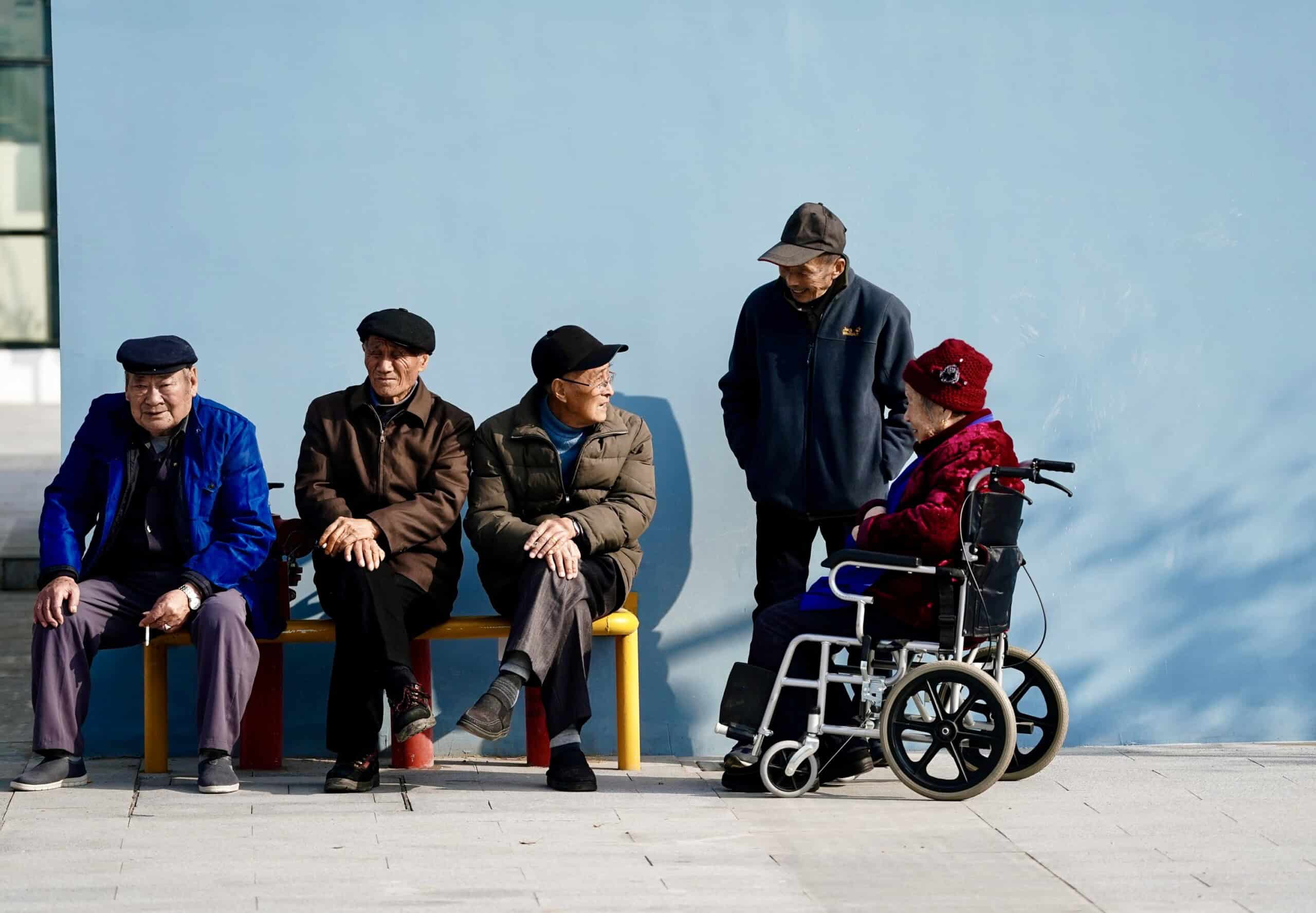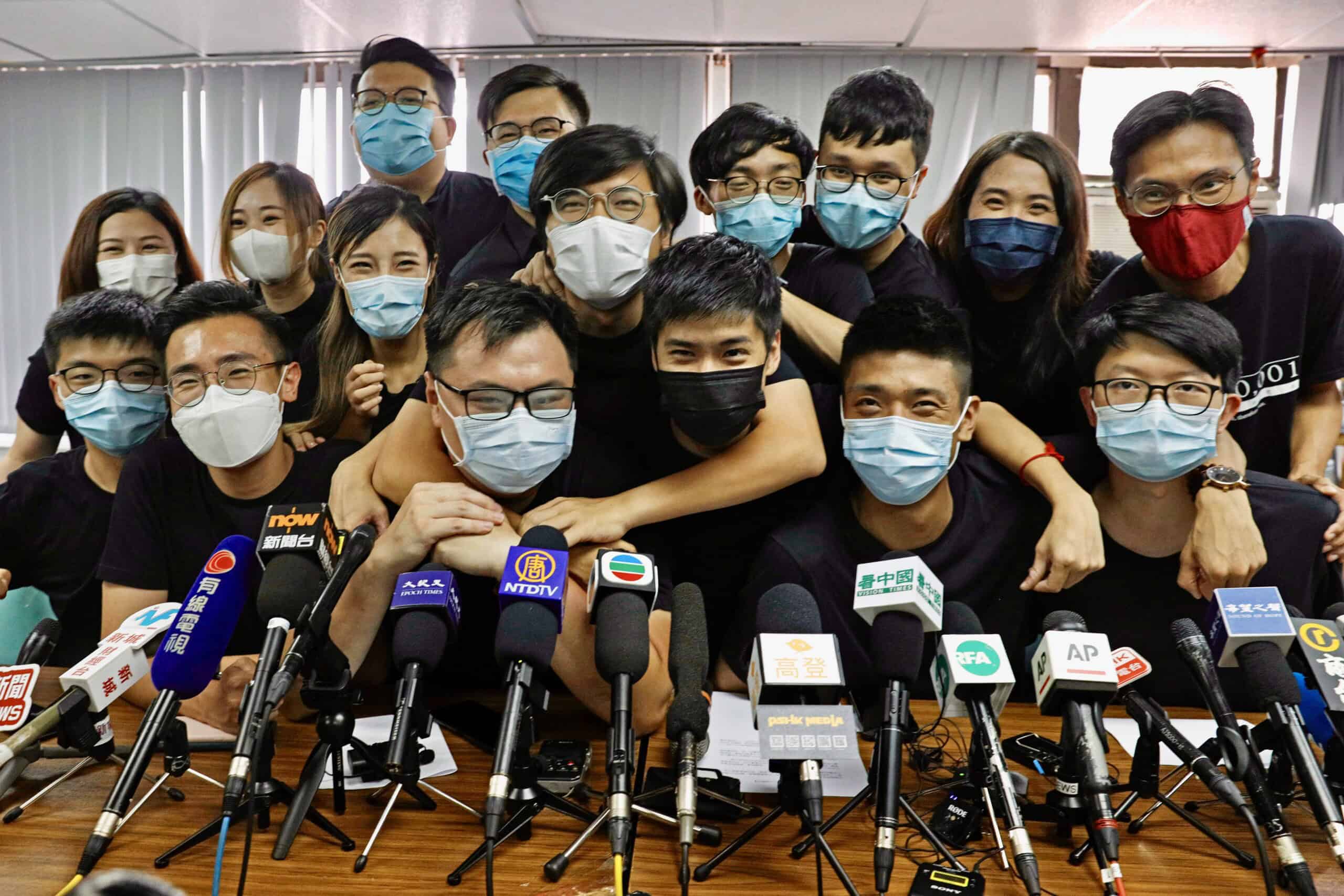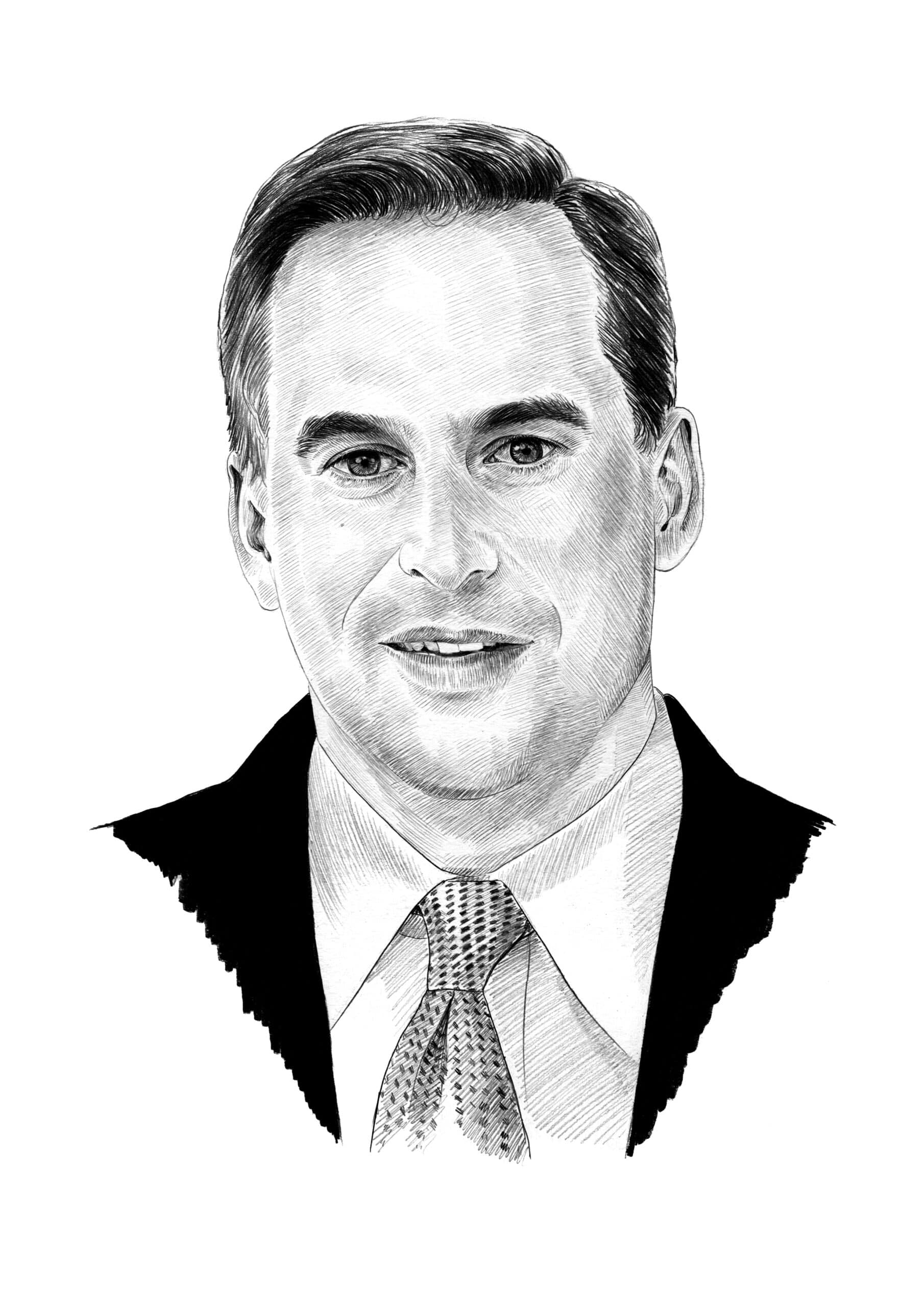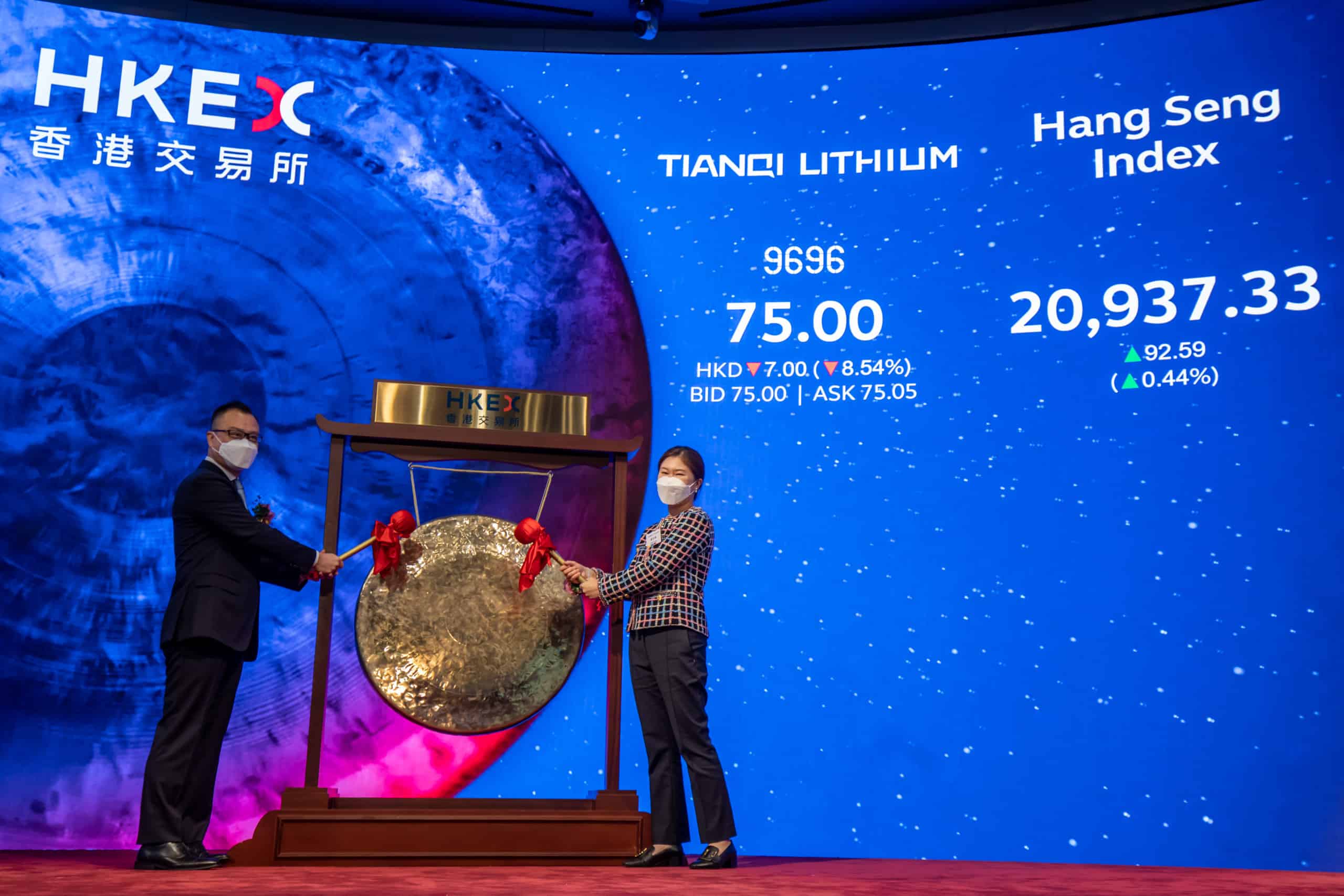
Hong Kong’s stock exchange had a dismal first half of 2022, seeing a 92 percent drop in funds raised by newly listed firms. With its IPO on Wednesday netting the firm $1.7 billion, Tianqi Lithium, one of the world’s largest producers of the mineral that’s vital in making electric vehicle batteries, has made a big splash in a shallow pond.

The green energy transition has pushed a new class of companies to prominence, including major Chinese producers in the critical mineral supply chain like Zijin Mining and CATL. Tianqi is one of those firms. In 2020, it was the largest producer of mined lithium in the world. Three of the five largest lithium-ion battery makers buy from Tianqi, according to the company’s IPO prospectus.
This week, The Wire looks at Tianqi Lithium: its rise, its investors, and its global footprint.
HISTORY
Deep in the Western Australian bush, some 150 miles south of Perth, lies the huge Greenbushes Mine. Encircled by forest, the operation features several giant, barren pits that together span almost the length of an airport runway. In 2020, Greenbushes was the world’s largest hard rock lithium mine by production volume.
Tianqi Lithium sources all of its raw material from here. Australia may have the world’s largest stores of lithium in the world, but it is this Chinese firm that is extracting and refining a significant share of the precious rock, which has more than quadrupled in price in the last year.
By revenue, Tianqi was the world’s third largest lithium producer in 2021. Top customers include Albemarle Corp., the American chemicals conglomerate that is a co-investor in Greenbushes, Korean battery producer LG Chem, and Chinese state-owned battery giant CALB.
Tianqi’s climb has not always been smooth. The company began its life as Shehong Lithium, a minor state-owned enterprise incorporated in 1995 by the government of Sichuan. After it became insolvent, it was sold off in 2004 to Jiang Weiping, an entrepreneur and Sichuan native, for just 11.5 million RMB ($1.4 million).
Jiang, now Tianqi’s chairman, took the firm private and sought to catapult it to market dominance through a series of large acquisitions. The company made its first big purchase in 2013 by acquiring the Greenbushes mine for around $850 million, but ran headlong into financial difficulties and was forced to offload a minority stake the following year. That stake was eventually acquired by Albemarle Corp., which now owns 49 percent of the Greenbushes mine.
Another major acquisition in 2018, the purchase of a roughly 24 percent stake in Chile’s largest lithium producer, Sociedad Química y Minera de Chile (SQM) for $4 billion, created more financial difficulties for Tianqi. Customer losses and falling revenues pushed the company into a debt squeeze — the firm came close to defaulting in 2020 on almost $2 billion in loans it had taken out to finance the SQM deal. An eleventh-hour financial lifeline came in the form of an offer by Australian nickel miner IGO to invest $1.4 billion in a Tianqi subsidiary that controls Greenbushes, diluting Tianqi’s stake in the mine to 26 percent.
Although Tianqi claims to be uniquely self sufficient thanks to its heavily vertically integrated supply chain — it is involved in not only mining but processing and refinement — it remains entirely dependent on Australia as its sole supplier of lithium ore, a vulnerability highlighted by worsened Australia-China relations in recent years. The company has sought to diversify its sourcing, but its investments in mines in China and Chile have not yet translated into alternative sources of supply.
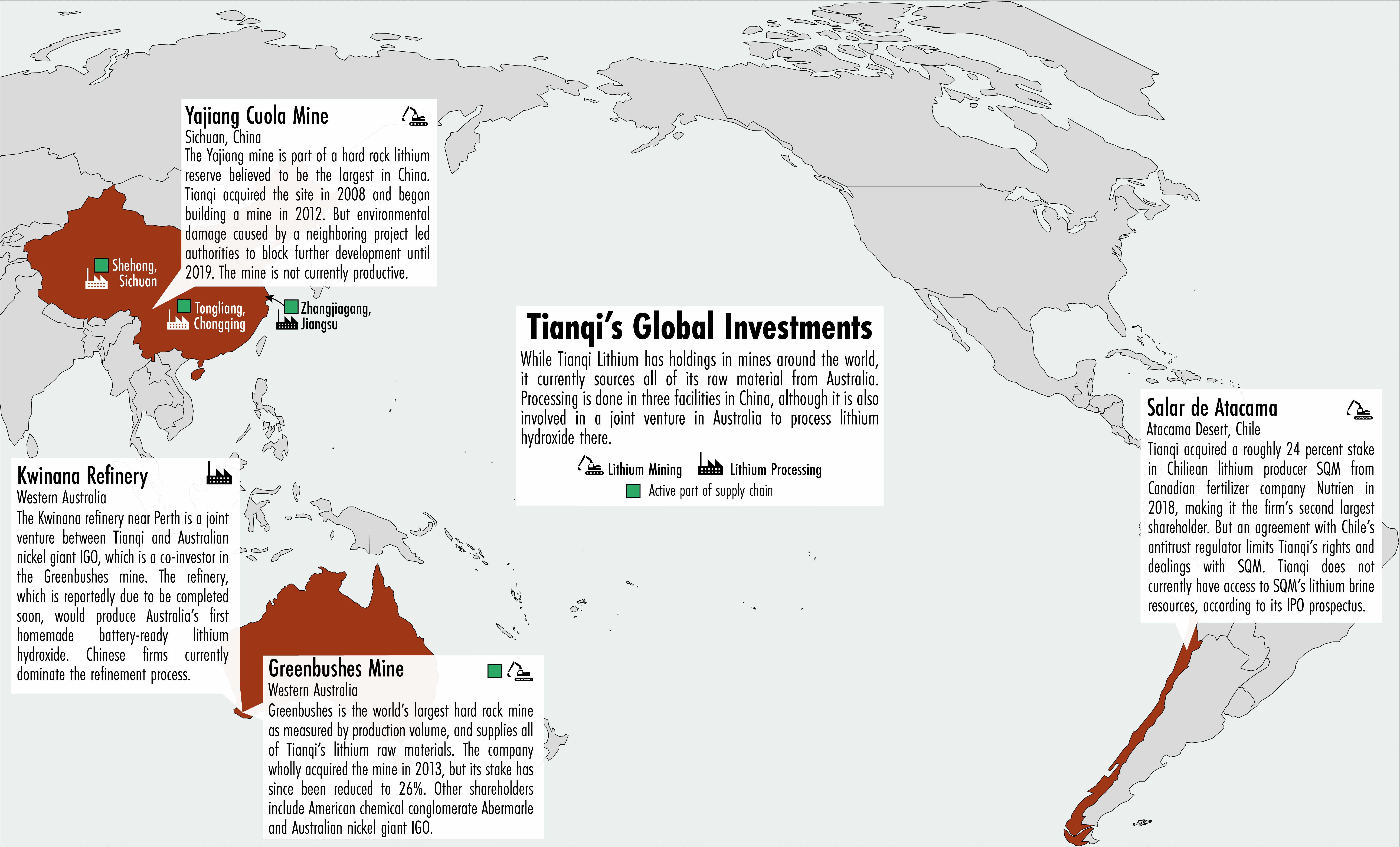
INVESTORS
Jiang Weiping’s stake in Tianqi has made him into one of China’s richest men, with his net worth estimated by Bloomberg at around $7.5 billion. Jiang and his family members are Tianqi’s largest shareholders, currently holding about 33 percent of company shares.
The company priced its Hong Kong IPO near the top of its expected range to become the financial hub’s biggest this year (Tianqi already has a listing in Shenzhen). Since it started trading on Wednesday, the company’s stock performance has underwhelmed, however. It fell as much as 10 percent on its market debut on Wednesday before rebounding slightly, and closed this week down about 3 percent.
One third of the new shares issued in Tianqi were taken up by cornerstone investors. 1Cornerstone investors are investors who commit in advance to invest a fixed amount or a fixed number of shares in an IPO. These were the cornerstone investors in Tianqi’s Hong Kong IPO:


Eliot Chen is a Toronto-based staff writer at The Wire. Previously, he was a researcher at the Center for Strategic and International Studies’ Human Rights Initiative and MacroPolo. @eliotcxchen

